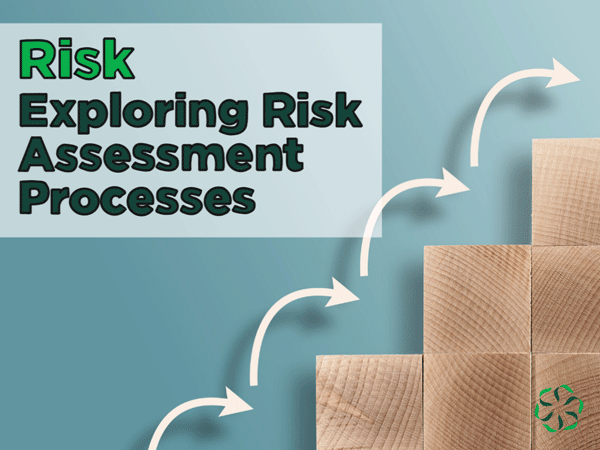When looking at ingredients, contaminants, residues, & more that we’re exposed to regularly, researchers use a risk assessment to derive permissible exposure levels. In this post, we look at the risk assessment process & how it can inform product safety.
What is a risk assessment?
There are many types of risk evaluations. A full risk assessment takes into consideration a broad range of potential hazards, exposure points, benefits, and other variables before delivering a final safety assessment that includes an ingredient’s real and potential risks.
Scientists take risk assessments seriously and use various research tactics, including data models, short and long-term animal research studies, and more to evaluate an ingredient and/or process for safety.
Before researchers can deliver the final safety assessment, they typically use a 4-step process to evaluate the risk:
- Hazard Identification – looks at a compound to see if there is a potential to cause humans harm (1).
- Dose Response Assessment – reflects the relationship between the dose of an ingredient and the effects in humans (1). This generates a safe use level.
- Exposure Assessment – reflects the exposure to a quantity, frequency, and duration of a specific compound, taking into consideration the number and characteristics of the exposed population.
- Risk Characterization – takes into consideration of the variables above and develops an estimation that reflects if humans will experience an impact from the compound.
How do scientists calculate this safe level?
Scientists use data to determine the highest level an animal can be safely exposed to a compound. Then, researchers will use the data derived from the animals and apply it to humans.
Since animal systems and human systems are different, researchers need to ensure that humans are not negatively impacted more so than animals. To do this, they calculate a safe dose for humans by dividing the animal safety dose typically by a default of 100 (10-fold for the uncertainty of extrapolating across different animal species and 10-fold due to uncertainty due to differences in sensitivity between individual people), if not more.
The calculation generates a conservative estimation of safe exposure that takes into consideration vulnerable populations like children.
How does a risk assessment apply to daily life?
Regulatory agencies, including the U.S. Food and Drug Administration, U.S. Environmental Protection Agency, Consumer Product Safety Commission, and more use risk assessment processes and data to generate safe levels of compounds we may contact regularly.
The agencies use different terms to describe these numbers, but their core purpose is to prevent harmful levels from entering our daily life. These terms can include:
- Acceptable Daily Intake
- Reference Dose
- Minimal Risk Levels
- Permissible Exposure Levels
- Threshold Limit Values
- Recommended Exposure Levels
- Health Advisories
You may hear the above terms and reference numbers when people describe different levels of residues, contaminants, trace toxicants, and more that may be present on foods, in drinking water, and in other products.

